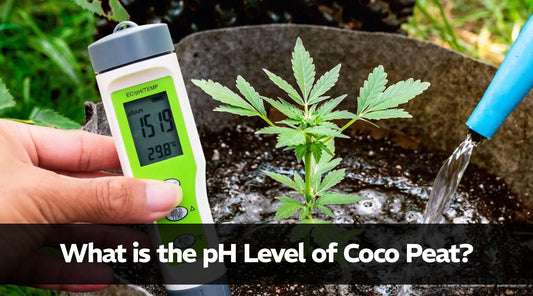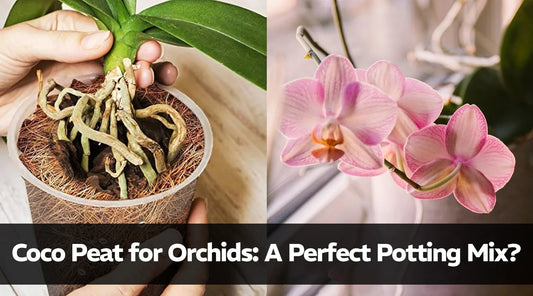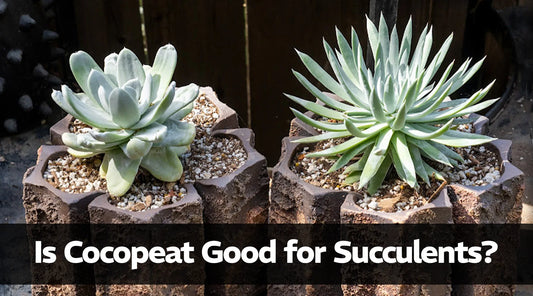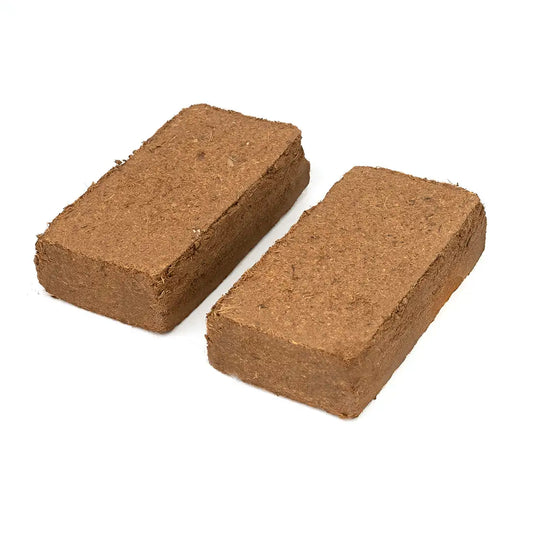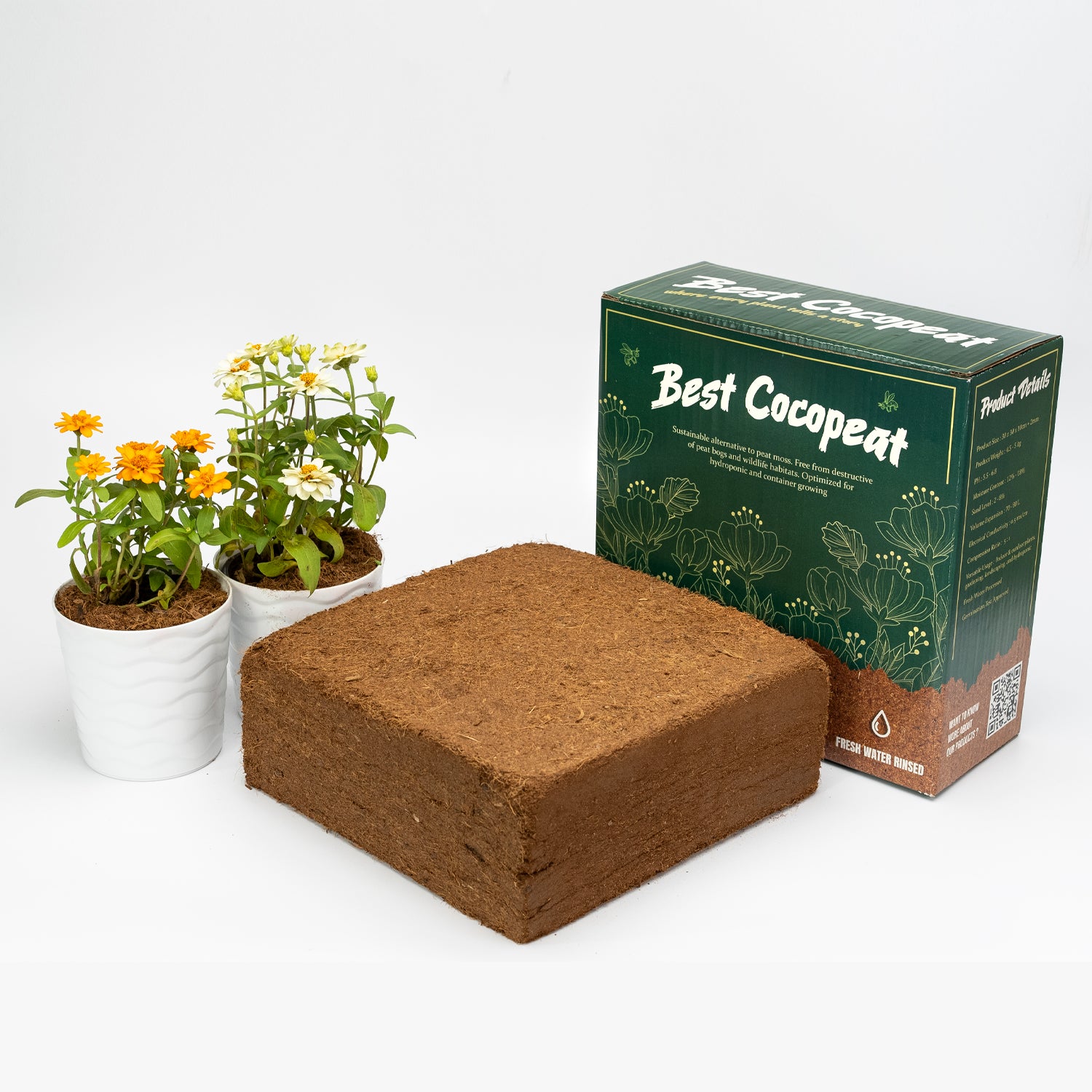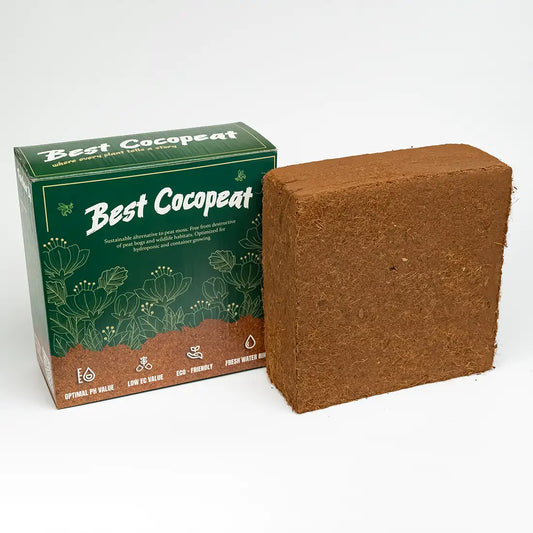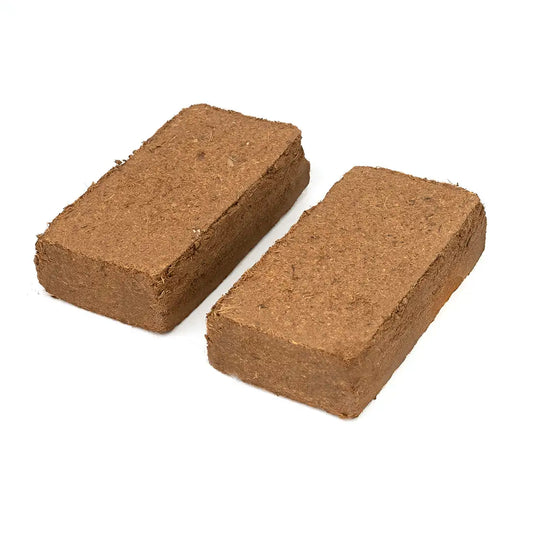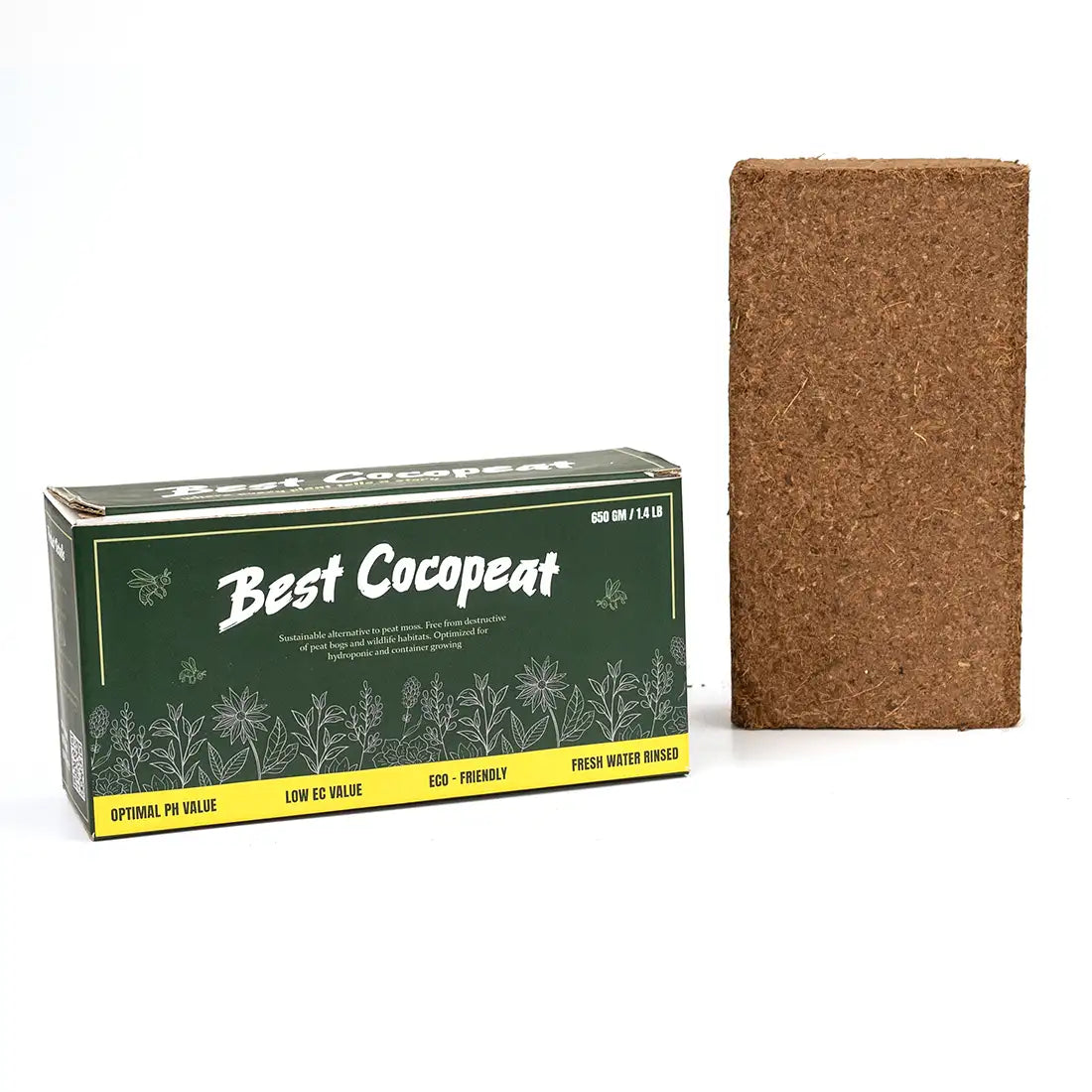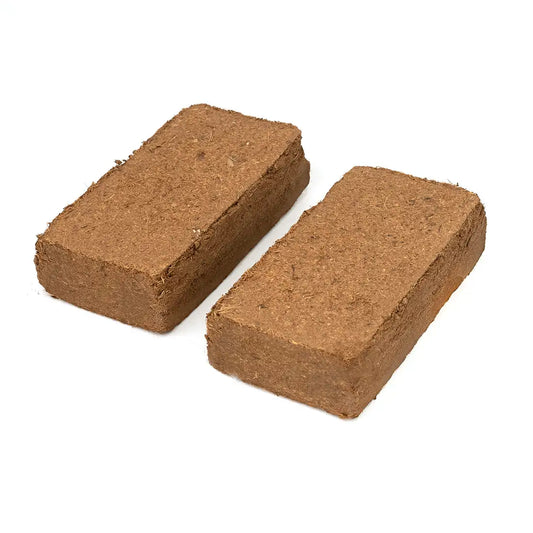When creating a garden, you might be confused if we may plant straight in coco peat. The answer is a definite yes! Cocopeat, often known as coco peat, is a popular growing media made out of coconut husks. Coconut husk is a soft, spongy, and rich in fiber, making it ideal for holding moisture and allowing roots to breathe.
However, while cocopeat has several benefits, it is important to understand how to use it correctly, especially if you want to grow plants in coco peat without mixing it with other supporting elements.
What Is Coco Peat?
Coco peat is the dust and microscopic fibers produced during the processing of coconut husks. It is available in loose, or tight cocopeat bricks, that expand when soaked in water. Once expanded, it has a fluffy, soil-like texture that is suitable for planting a variety of crops.
Why Cocopeat Works Well for Planting
-
Excellent Water Retention
Coco peat absorbs moisture for much longer than traditional soil, helping plants to grow well without constant watering. -
Airy Structure
Even when wet, cocopeat allows air to circulate around plant roots, preventing decay of roots and supporting healthy growth. -
Eco-Friendly and Sustainable
It recycles coconut waste by turning the fiber in coconut husks into a useful horticultural material for planting. -
Neutral to Slightly Acidic pH
Most plants grow plants in cocopeat soil because of its balanced pH, which ranges between 5.5 and 6.5.
Can You Plant Directly in Cocopeat?
Yes, many growers plant directly into coco peat, mainly for seed beginning, hydroponics, and indoor growing. Coco peat planting is good for:
-
Seedlings and saplings
-
Container gardening
-
Hydroponic systems
-
Indoor herbs and flowers
But there's an issue: cocopeat has no nutrients. To keep your plants healthy, use organic compost or liquid fertilizer on a regular basis.
Should You Mix Cocopeat with Other Materials?
If you are planning on keeping a garden for a long time, think about combining cocopeat with compost, soil, or other mediums. This generates a coco soil mix that incorporates structure, moisture, and nutrition for your plants.
Recommended mixes:
-
Coco peat + Vermicompost
-
Cocopeat + Garden Soil
-
Coco peat + Perlite + Compost
This type of coco peat soil mix boosts productivity and enriches the medium for vegetables, floral plants, and fruits.
Preparing Cocopeat for Use
-
Soak the Cocopeat Block
Dunk the coco brick to become soft in warm water. -
Fluff the Peat
Break up clumps to get equal consistency. -
Add Nutrients
Enrich the coco peat by mixing it with compost or fertilizers. -
Start Planting
Cocopeat is now ready to be planted in pots or garden beds.
Why Use the Best Cocopeat?
Not all cocopeat is equal. The best cocopeat is:
-
No salt content
-
Washed and buffered
-
Free from harmful microbes
-
Easy to handle and store
Choosing the Best cocopeat ensures healthier plants, stronger roots, and better aeration. Whether you're using coco peat alone or in a coco soil mix, quality makes a big difference.
Final Thoughts
In coco peat, is it possible to plant directly? Of course! It is excellent for various kinds of planting since it is hygienic, airy, and water holding capacity. Just keep in mind that for cocopeat to remain healthy over time, it requires additional nutrients. For best results, use the Best cocopeat and nutrition mix for better results.

